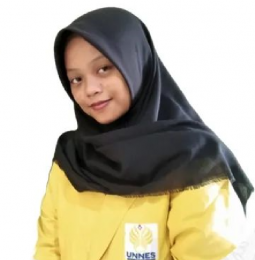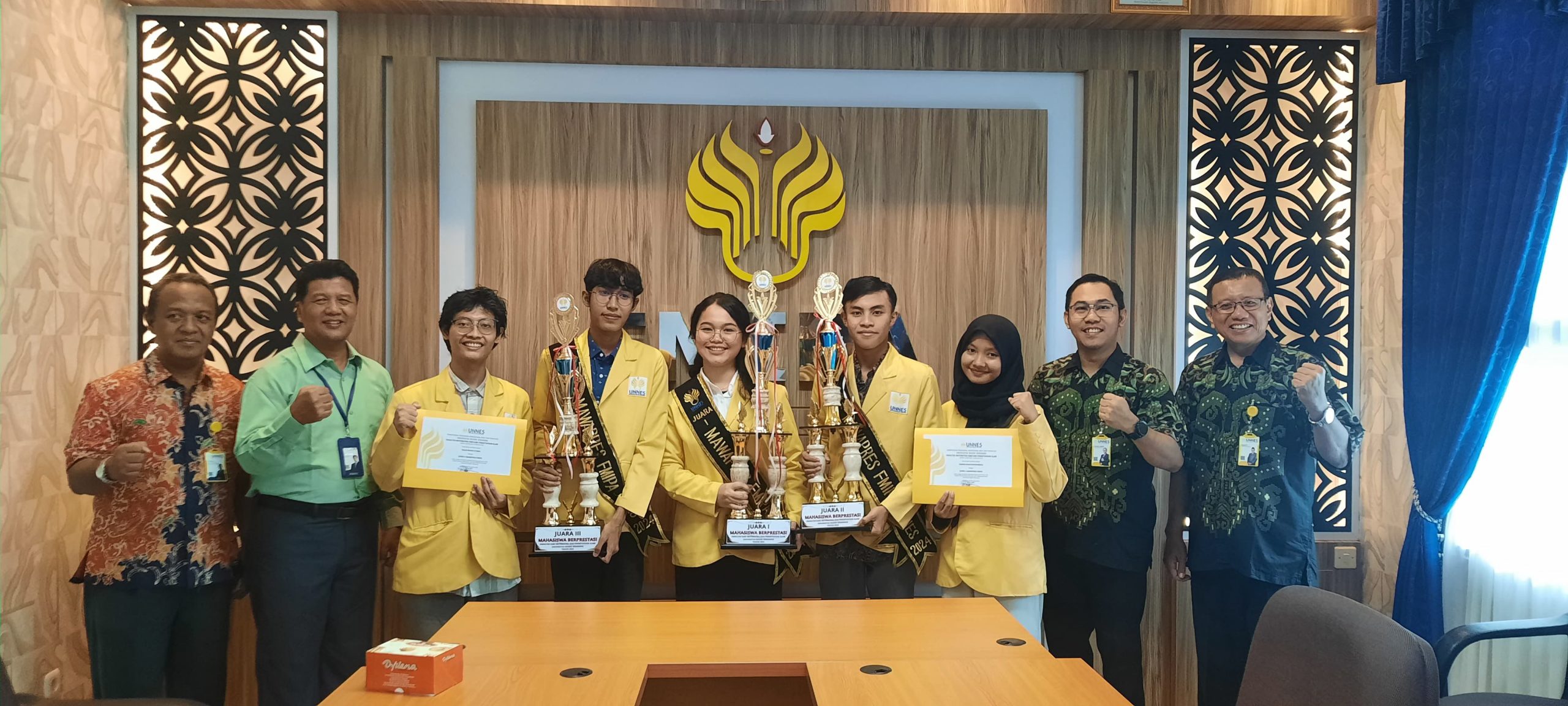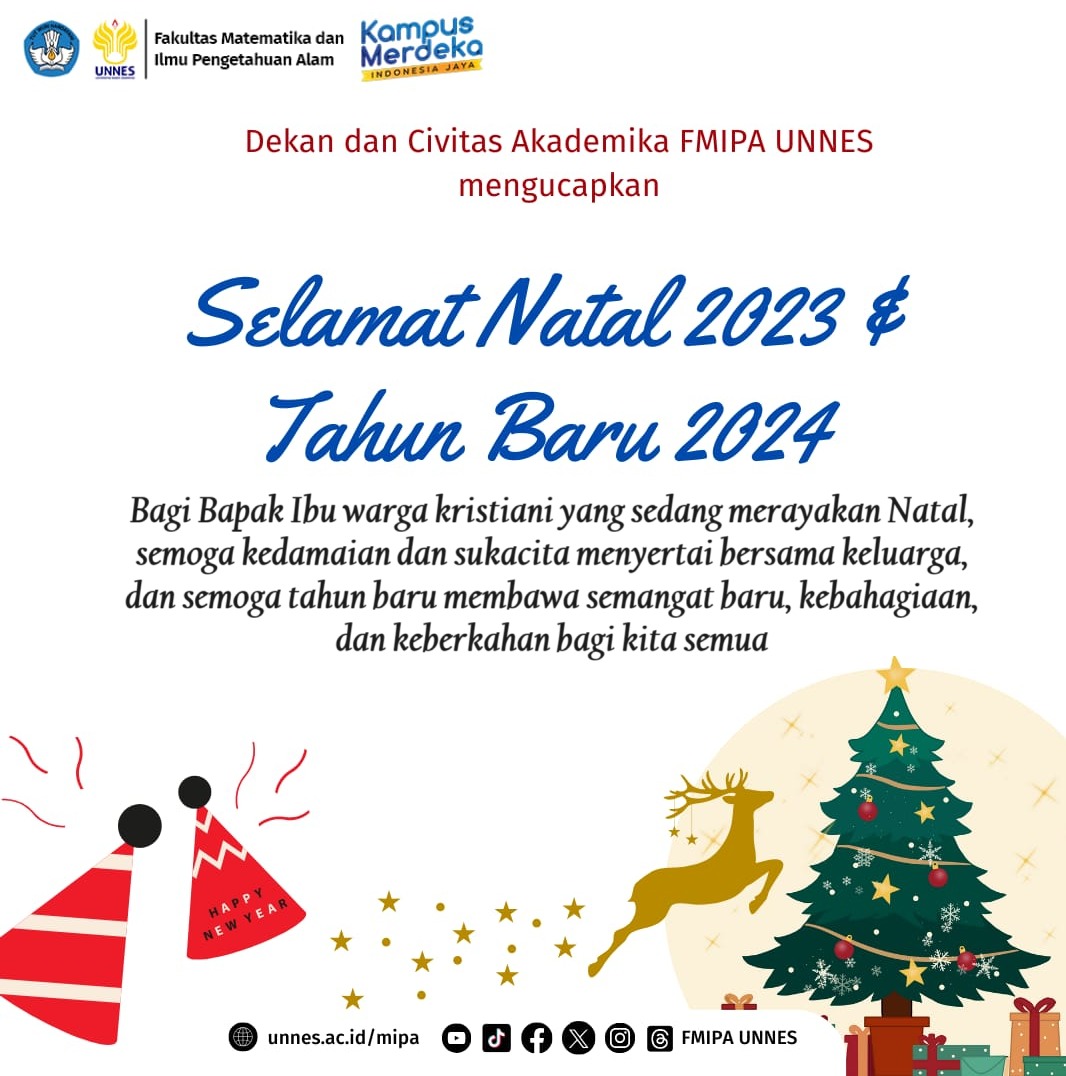
Hesty Ummi Wulandari, a student of Mathematics Education Class of 2020. Active in organizations such as serving as the Treasurer in the KIM Reswara organization, conducting research with professors and assistant professors, tutoring/mathematics teaching, and participating in competitions.
“Mathematics is a cultural aspect, just like a collection of algorithms.”
– Carl Boyer
Mathematics is a collection of algorithms, meaning that mathematics is a collection of ways to solve problems with logical and ordered steps. Solving everyday problems requires mathematical thinking skills (Meltzer, 2002). In fact, based on research by Altiner and Dogan (2018), mathematical thinking skills are still low. Therefore, innovative and strategic learning media are needed to provide students with opportunities to develop their mathematical thinking abilities.
One alternative solution can be achieved by integrating culture and holographic technology. Culture-based mathematics learning can serve as a medium for students to transform their findings into creative forms and principles, designing learning experiences, and creating learning environments that integrate culture as part of the learning process (Zulkarnain, 2020). Holography is a technique that allows wavefronts to be recorded and then reconstructed to produce 3D images or holograms (Wikipedia, 2022). These holograms can enhance students’ visual mathematical abilities (Lukman et al., 2020), thereby improving their mathematical thinking processes.
The ACITYA interface is presented in the following image.

In Image 1, it depicts the design of ACITYA, which visualizes cultural holograms with mathematical problems. Students/teachers can directly solve them on the screen, and there is a camera for detection. ACITYA is a large flat surface with an embedded projection system that projects objects that appear to emerge from the table surface up to approximately 1 meter. It has dimensions of 2.1m (6.8ft) x 2.1m, a height of 61.5cm (2ft), and a screen size of 1.2m (3.9 feet) by 1.2m.
Strategic Steps in Implementing ACITYA

References
Altıner, E. Ç., & Doğan, M. C. 2018. Investigating the spatial reasoning skills of students in the context of mathematical thinking profiles. European Journal of Education Studies, 26– 38.
Lukman, A., Hairi, A. P., Rahmi, A., Fadli, A., Dongoran, S. B., & Nasution, A. A. 2020. The Implementation of Holo-Math (Hologram Mathematics) Learning Media in Improving Students’ Visual Mathematical Abilities at SMP Negeri 8 Percut Sei Tuan. Jurnal Fibonaci: Jurnal Pendidikan Matematika, 1(2).
Meltzer, D. 2002. The Relationship between Mathematics Preparation and Conceptual Learning Gains in Physics: A Possible “Hidden Variable” in Diagnostic Pretest Scores. American Journal of Physics, 70(12), 17.
Wikipedia. 2022. Holografi. id.wikipedia.org/wiki/Holografi. Accessed August 23, 2022.
Zulkarnain, I., Suryaningsih, Y., & Noorbaiti, R. (2020). Laporan Pengabdian-Webinar Workshop Penyusunan Soal Matematika Berbasis Etnomatematika Berbantukan Media Daring Quizizz Bagi Guru Peserta MGMP Matematika MTs dan MA Kota Banjarmasin. (Report of Community Service-Webinar Workshop on Developing Ethnomathematics-based Mathematics Questions Using Quizizz Online Media for Mathematics Teachers in MTs and MA Participating in the Mathematics Teachers’ Working Group in Banjarmasin).





